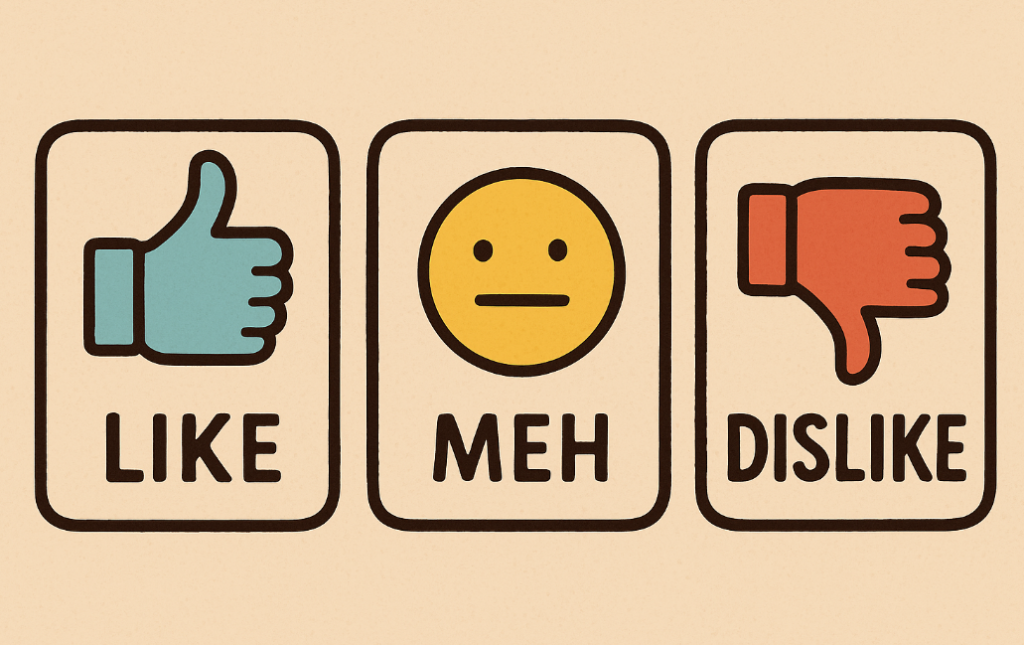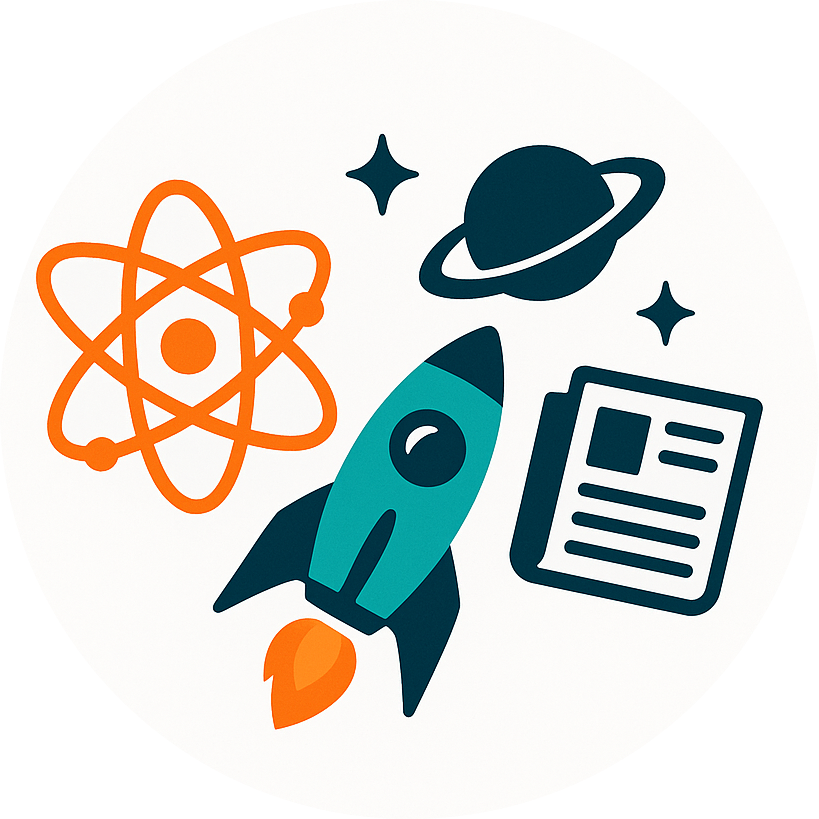
The Strange Power of Saying “I’m Not Sure”
Think about the last time you had to make a big decision. Perhaps it was buying a house, switching jobs, or deciding between two retirement plans. Chances are, you didn’t feel 100% confident in either option. You probably leaned one way, hesitated, then went back and forth before settling.
Now, imagine teaching a computer not only to weigh pros and cons, but also to hesitate. That’s exactly what a team of researchers in China has done. They’ve built a new decision-making algorithm that uses uncertainty as a strength, not a weakness.
And if you think this sounds like abstract math stuff with no impact on real life, think again. This model could shape the way financial institutions plan investments, how governments manage budgets, and even how your retirement savings get protected from volatile markets.
Why Old Models Fall Short
For decades, decision-making models were like strict teachers: they wanted clean answers. Numbers in, rankings out. If you didn’t have all the data—or if experts disagreed—they struggled.
But real life is messy. Economies fluctuate, pandemics strike, and interest rates swing like ping-pong balls. In those moments, financial decisions aren’t black or white. They’re fuzzy.
That’s where “fuzzy sets” came in—a math concept that allows things to be partly true and partly false at the same time. Later, “picture fuzzy sets” took this a step further by adding a middle ground: neutrality, or hesitation. Because sometimes the honest answer isn’t yes or no, it’s maybe.
The Eureka Twist: Circles and the Heronian Mean
The new research introduces a concept known as the Circular Picture Fuzzy Heronian Mean (C-PFHM). The jargon sounds intimidating, but here’s the fun analogy:
Picture three friends deciding where to eat. One says pizza, one says sushi, and one shrugs. Old models would ignore the shrug and just split the vote. But the new model treats that hesitation as valuable information.
Then, instead of averaging the votes in a boring straight line, it arranges them in a circle: a way of capturing the relationship between agreement, disagreement, and uncertainty all at once. Add in the Heronian Mean (a math trick that better accounts for interdependence), and suddenly you’ve got a decision process that feels eerily human.
Putting It to the Test: Financial Policy Under Fire
The team tested their approach on real financial management policies, scoring them against key factors like:
- Return on Investment
- Liquidity (how quickly money can be accessed)
- Market Volatility Resistance
- Risk Management
Here’s the kicker: the algorithm’s results were almost identical to those of trusted gold-standard methods, achieving a 98% rank correlation with one of them. That’s not just a math flex. It means the model is both accurate and reliable.
Why does this matter? Because when banks, companies, or governments are deciding where to move billions of dollars, getting the “best” answer isn’t enough. They need a model that respects hesitation, captures expert disagreement, and still delivers robust results.
A Peek Into the Future
Imagine a government deciding whether to allocate funds for healthcare, infrastructure, or defense during a crisis. Or a pension fund choosing between safe bonds and riskier stocks. In both cases, experts won’t fully agree. Markets will be jittery. The old, rigid models would crumble under that pressure.
But a model that says, “Okay, let’s actually use your uncertainty to make a smarter choice”? That’s a game-changer.
The implications stretch beyond finance. Researchers point out that the same fuzzy, hesitant math could guide medical diagnoses, environmental policy, and even AI ethics decisions—all fields where uncertainty is the norm rather than the exception.
The Fun Side of Fuzziness
If you’re still scratching your head, think of it this way: this new math is like adding a “meh” button next to “like” and “dislike.” It turns out, factoring in the “meh” makes the whole system smarter.

It’s a reminder that in science, as in life, hesitation isn’t weakness. It’s wisdom.
Let’s Explore Together
This study doesn’t just make finance nerds cheer: it’s a peek at a future where decision-making is less rigid, more human, and maybe even fairer.
So, what do you think?
- How do you see this research affecting your life?
- What would you do if you had an algorithm that could weigh your options for you—would you trust it?
- And just for fun: what’s the coolest science fact you’ve learned recently?
Drop your thoughts in the comments or share this with a friend who loves geeking out over both math and money.
In a world full of uncertain choices, perhaps the smartest move is learning how to embrace the uncertainty.



